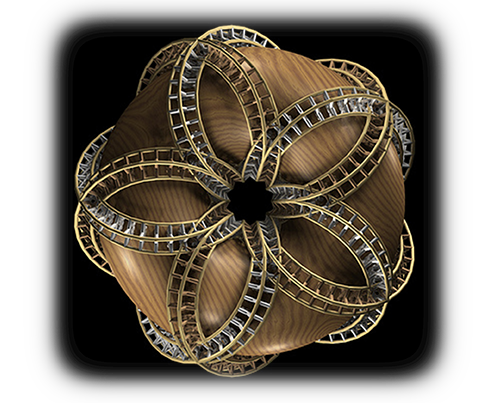
The MINT team conducts research in Human-Computer Interaction on the notion of “extended interaction in observed situations”, covering contexts such as interfaces in public spaces, artistic performances, teaching, but also rehabilitation (e.g. practitioner observing a patient) or collaboration in general. More specifically, we focus on three main goals :
Florent Berthaut
Interaction proxémique semi-privée pour la collaboration co-localisée
Détection, suivi et apprentissage du comportement multi-piétons – application à l’étude des déplacements
Dispositifs et Techniques pour l’Interaction Expressive en Réalité Virtuelle et Augmentée
Interaction haptique multimodale en réalité virtuelle
Interaction gestuelle sur contenus complexes : une approche orientée niveau de détail
Faire mieux avec ce que l'on a déjà : La fusion de donnée en Interaction Homme-Machine 28/10/2020
Haptic Feedback Displays with Programmable Friction : Interaction and Texture Perception 05/07/2018
Exploring Interactive Sub-spaces for gestural midair interaction 17/05/2017
Comprendre, Modéliser et Concevoir l’Interaction Gestuelle Tactile 10/12/2014
Interactions multi-points indirectes sur grands écrans 26/02/2014
Nouvelles interfaces pour la simulation des opérations d'assemblage dans des environnements virtuels 01/02/2013
Un modèle de conception dédié à l'interaction collaborative colocalisée 07/10/2011
Communication around 3D models : face representation and gaze 24/09/2010
Vers la simulation interactive réaliste de corps déformables 26/11/2008
Real-Time acquisition of human gestures for interacting with virtual environments 18/03/2008
Splines Dynamiques Géométriquement Exactes: simulation haute performance et interaction 12/12/2007